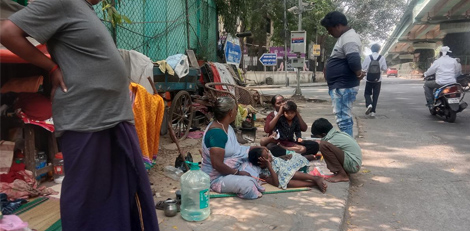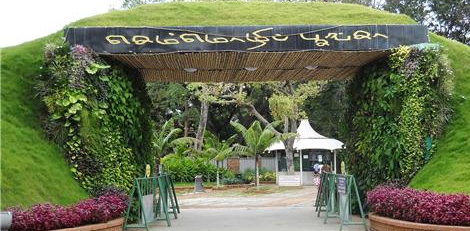Northeast Monsoon: After South Tamil Nadu, its turn for North Tamil Nadu to see good rains
Posted on: 21/Nov/2018 3:04:50 PM

The state of Tamil Nadu has over 500 km long coastline which makes it more prone to weather activities. The Northeast Monsoon season is the rainiest season for Tamil Nadu with October being the rainiest month.
Most of the weather activities over Tamil Nadu are caused due to the weaker weather systems such as feeble lows and cyclonic circulations that form in the Bay of Bengal or nearby region. These systems also move from east to west and lie close to equator. At times, widespread rains also occur over the state in association with Cyclonic Storm or well-marked low-pressure area.
The coastal parts of Tamil Nadu receive more rains than the interior parts. In fact, the south coastal stations receive more rains than the north coastal districts. Similarly, the south interior parts receive more rains than the north interior parts.
In November the coastal districts such as Chennai (North) records 374 mm of rain, Nagapattinam (Central) 444 mm and Kanyakumari (South) 176 mm. Similarly, in the interior parts of Tamil Nadu, Tiruchirappalli recorded 168 mm of rain and Dharmapuri 94 mm.
Thus, looking at the above rainfall figures we can easily state that most of the weather systems effect the central and southern parts as compared to the northern districts. In fact, the most recent cyclonic storm Gaja also moved across the central parts of Tamil Nadu close to Nagapattinam and gave widespread rainfall activity over the central and southern parts of the state.
Meanwhile, the northern parts of Tamil Nadu are hugely rain deficient. Even after Gaja giving good rains over parts of Tamil Nadu, as of today, the entire state is rain deficient by 30% with capital city Chennai 61% deficient.
Currently, a well-marked low-pressure area persists over Southwest Bay of Bengal which is causing rains over Tamil Nadu. This particular system is giving more rains over the parts which received less rains during Cyclone Gaja�s time.
Now these rains are expected to continue for another 24 hours. Intensity will be more over the central and northern parts. However, the southern parts will only receive light rainfall activity.
Courtesy - skymetweather.com







